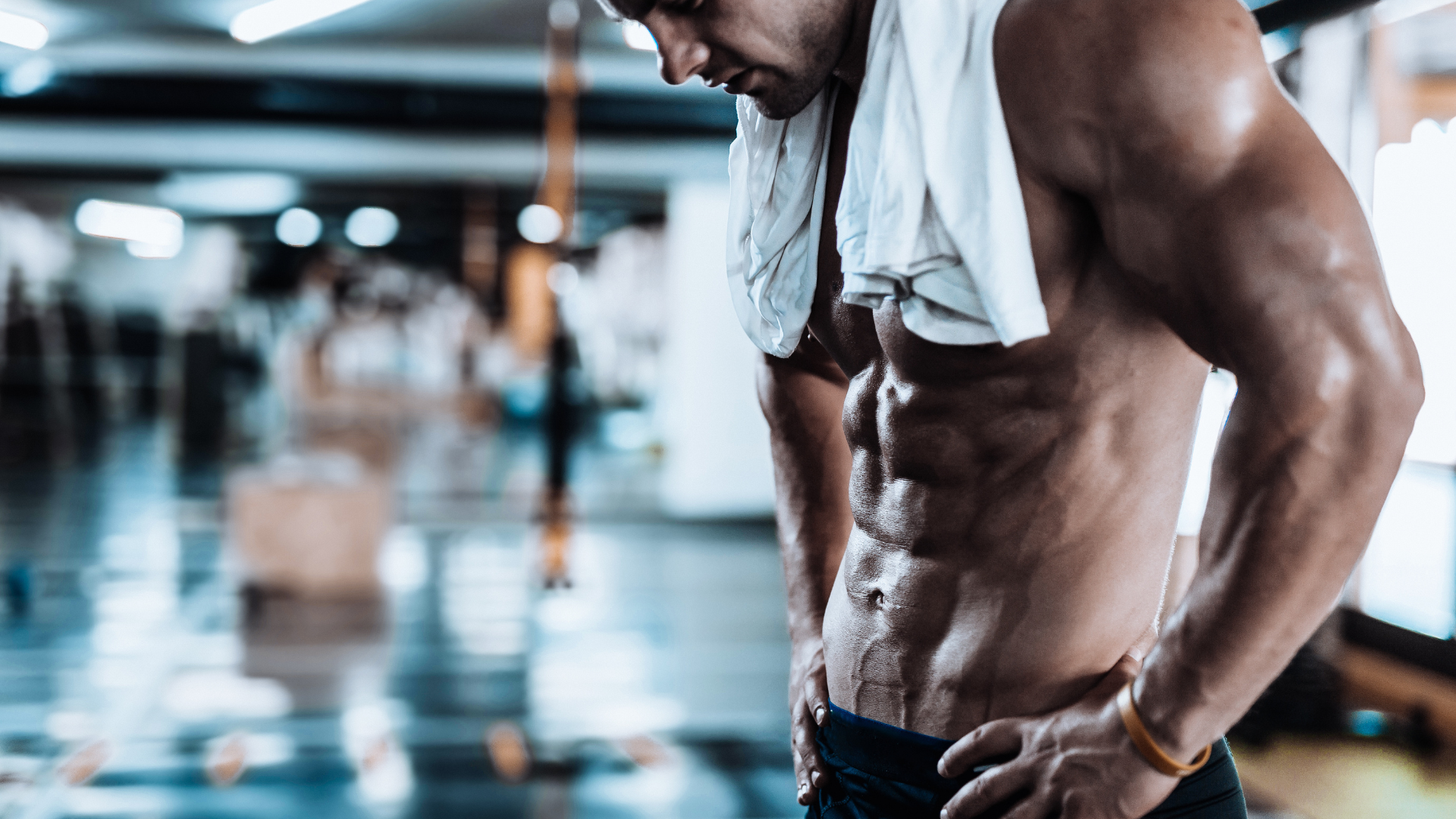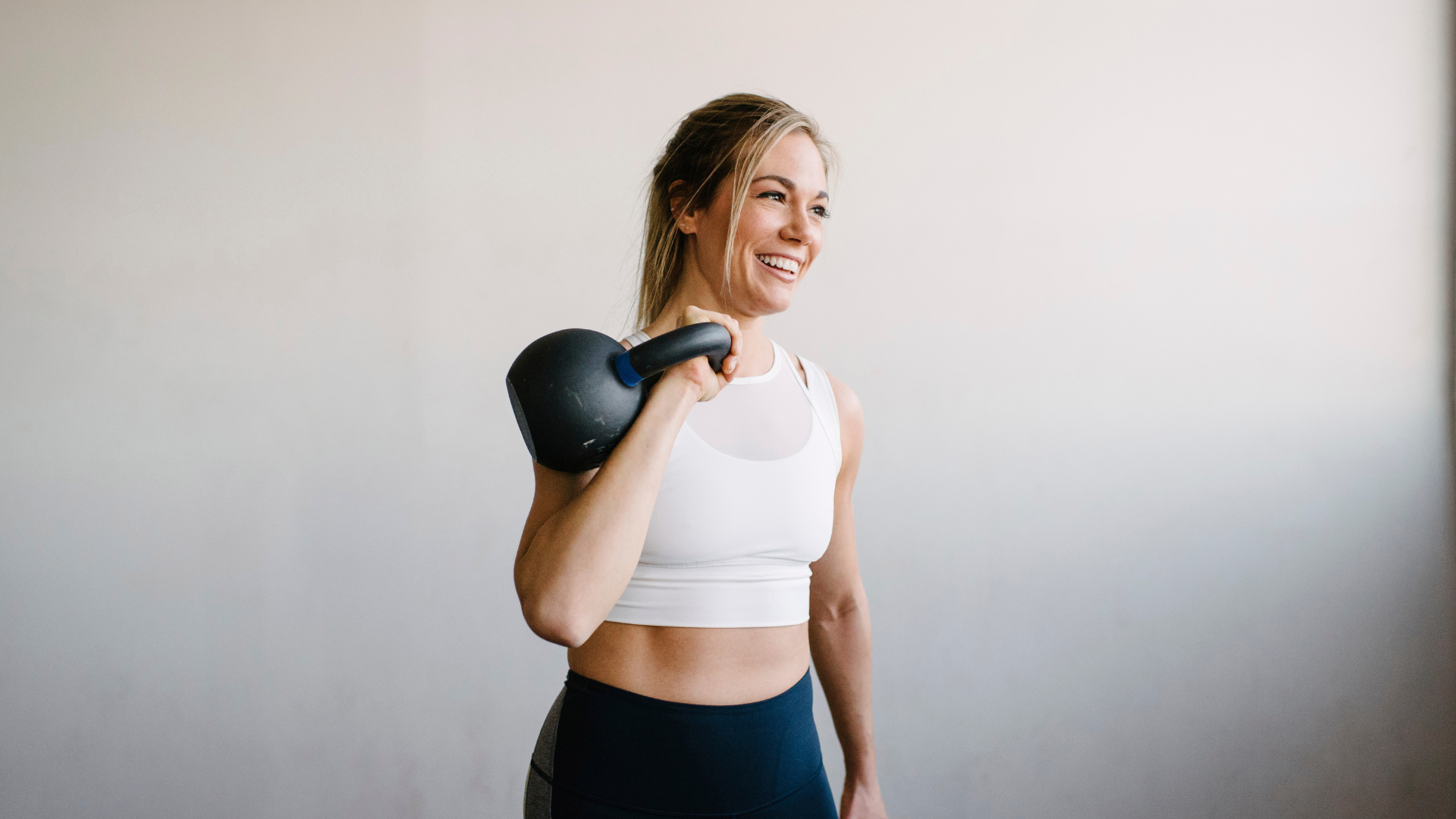This single exercise gave me a rock-solid core and improved my heavy lifts
If you aren't doing this exercise, then you should be


Like many people, I don’t enjoy training my core, I find it a faff and rather tedious. But, it’s something I make time for, because our core is literally the centre of all of our body’s movement; it’s what keeps it stable, balanced and helps us carry out everyday activities.
What I will do though is switch up my exercises regularly, so I don’t get bored. After all, variety is the spice of life! One exercise I’ve been doing for the past two months is a single-arm kettlebell front rack carry (a bit of a mouthful, I know). It’s a brilliant compound exercise that’s, not only transformed my core strength but improved so many areas of my training too. I’ve even hit some new PBs!
Despite its name, you don’t have to use a kettlebell for this exercise, you could just use a single dumbbell, or a small backpack if you don’t own any equipment or have access to a gym. Here’s how I’ve got on since adding it to my training four times a week.
Benefits of the single-arm kettlebell front rack carry

According to the workout app, Programme: “The main benefit of the kettlebell front rack carry is the adaptations it creates in the core muscles of the lower back, specifically the muscles surrounding the lower back.”
These muscles are important because they can improve posture, reduce the likelihood of injury, and help you execute heavy lifts (like squats and deadlifts) to a better standard. But by carrying one weight, as opposed to two, challenges your core even further, as it has to work even harder to stabilise your spine and keep your body upright and not slump to the side.
It’s not just your core muscles that it works either, but your back, arms, and shoulders are all fired up during the movement to keep your body stiff and steady.
The exercise itself also requires very little skill and is easy to learn, so it’s a good one for all abilities, even beginners.
Get all the latest news, reviews, deals and buying guides on gorgeous tech, home and active products from the T3 experts
How to do the single-arm kettlebell front rack carry
- Grab the middle of the kettlebell bar with one hand and the corner with another and clean it into a front rack position (if you're not sure how watch this video)
- Once the kettlebell is in the front rack position, make sure it's resting
- Walk your set distance, slowly, ensuring your elbow remains pointing downwards and your body stays upright and doesn't begin to slouch to one side
My experience
I’ve been doing the single-arm kettlebell carry for two months now as part of my warm-ups, four times a week. I would walk holding a 24kg kettlebell for 20 metres (on my left side then my right side), and I would repeat this three times. It didn’t matter whether I was training lower or upper body, I would always include it in my warm-ups. Here’s what I noticed after two months…
My lower back pain has eased up
I’ve always suffered from lower back pain, mainly because I spend eight hours a day sitting on my bum staring at a laptop. But this exercise has helped it massively.
The Premier Spine Institute says that a strong core “allows your body to transfer force and stress through your muscles rather than your spine, which significantly reduces your risk for back pain”.
Since doing it, I’ve found myself slouching less in my chair, able to bend down and pick things up without getting a stiff sensation afterwards and my training has improved, which I'll go into next…
My heavy lifts improved
I usually wear a weightlifting belt when performing my squats and deadlifts, to help brace my core and support my lower back. But, as my lower back pain subsided, I found myself not even needing to rely on my belt. Not only that, but I was able to move more weight more comfortably.
Squat University says that our core muscles stabilise the lower back, which helps you to lift more weight. This definitely rang true to me as, for the first time, I was able to deadlift 100kg for five reps without my belt (and lifting straps), bench press 57kg for five reps and squat 80kg for four sets of eight.
My obliques popped off
Although I never started doing this exercise for aesthetical reasons, one area that I did see physical results in was my obliques. Our obliques are what help twist and rotate the trunk of our body. However, by carrying a kettlebell in one hand meant the obliques on the other side of my body had to kick into gear to resist bending or twisting and remain straight.
Even just after completing one walk, I could see two vertical indents trying to make an appearance down the sides of my stomach. I found it way more effective (and easier) than other oblique exercises, like Russian twists, so it’s definitely here to stay.
Would I recommend the single-arm kettlebell front rack carry
Yes, 100%! This is an exercise that literally anyone can do and it's fantastic for building your core strength, which will benefit you with everyday tasks, help you move better, and improve your training performance. They won't take you a lot of time either, I would spend around five to seven minutes doing these, and they require minimal equipment.
They do look easier than they are though, so build up a steady walk with a light weight first and then slowly increase it. As with all exercises, you want to execute this properly with good form, so leave your ego at the door, otherwise it's a one-way ticket to an injury.

Bryony’s T3’s official ‘gym-bunny’ and Active Staff Writer, covering all things fitness. She is a certified personal trainer and also a part-time fitness instructor. In her spare time, you will find her in her natural habitat - the gym - where her style of training is a hybrid of bodybuilding and powerlifting. Bryony loves writing about accessible workouts, nutrition and testing innovative fitness products that help you reach your fitness goals and take your training to the next level.